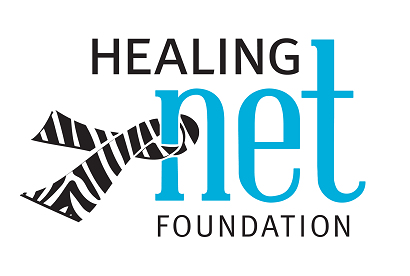Carcinoid Crisis
/The carcinoid crisis is one of the most discussed and misunderstood entities in Neuroendocrine Medicine. It is a true entity and must be considered in any neuroendocrine patient. Basically, it is a dangerous change in blood pressure, heart rate, and breathing (what we call cardiopulmonary hemodynamic instability) that can be life threatening. Luckily it is relatively uncommon.
This type of instability does not happen randomly – it is usually linked to a medical procedure of some sort when you are having anesthesia. Anesthesia by itself can cause problems in anyone, but it can be worse in NET patients. The reason is because these procedures can cause the tumors to release hormones that cause the instability (we call them vasoactive peptides).
The traditional teaching has been to give some octreotide before the procedure, usually in the holding room. However, it has never been clearly determined if this practice is helpful. What is important is that the anesthesiologist or the person performing the procedure be aware of the neuroendocrine tumors in case things don’t go smoothly. The treatment starts with high doses of octreotide and standard anesthesia medications. The anesthesiologist should use any tool they have available, especially if the complication is life threatening. The octreotide is another tool for them to use.
So having a team that is comfortable and acquainted with NET is very valuable when having any procedure. While most go very well and safely, it is something to consider and remember.





